Dewclaws, those thumb-like “toes” on the sides of your dog’s front legs, do serve a purpose for the majority of dogs, even though some breeders do remove them from puppies. When a reader inquired about them, I responded as follows.
I’m talking to a breeder about a puppy, and she says the dewclaws will be removed. Why do dogs have dewclaws? Is it better to remove them or keep them? .
A: If a dog has dewclaws, they are a pair of tiny, thumb-like appendages that are located high inside each paw (on the carpal, or wrist, of the front leg). Certain breeds can be identified by the double dewclaws on each of their hind legs. They include the Beauceron, briard, great Pyrenees and Icelandic sheepdog.
Many dog owners would disagree that the dewclaws are considered to be vestigial appendages because they no longer serve a purpose. Dogs use their dewclaws to grasp and manipulate objects like bones and toys, grip ice or other surfaces to pull themselves out of water, gently scratch an itchy eye, and more—they just haven’t mastered texting yet (give them time). Dogs participating in agility may use their dewclaws to stabilize themselves by grabbing the sides of the teeter. And canine racecar-style cornerers like whippets and border collies use their dewclaws.
Now, some breeders remove the dewclaws because they no longer see any use for them and because if your dog tears one, it can result in a painful, bloody mess. Dewclaws that protrude rather than being tightly attached to the paw can become entangled in carpeting, brush, or when dogs pursue prey like lizards in rock piles. Dewclaws are typically removed from puppies when they are just a few days old. Although painful, the experience is not particularly traumatic, as it would be later in life.
Regular claw trimming is necessary for dogs that do the dew to help prevent tearing and the possibility of the dewclaw growing into the footpad.
The 20 Dog Breeds With Dewclaws
The breeds with extra digits on both the front and back legs, as well as some well-known breeds, are discussed below.
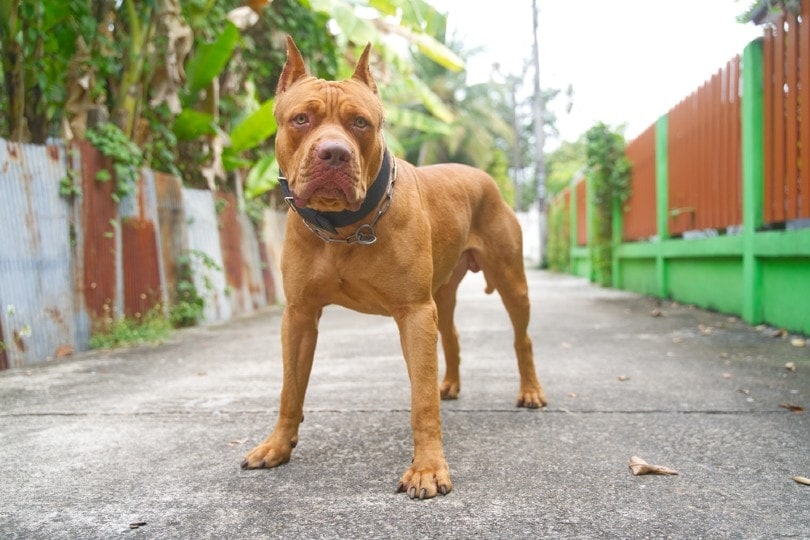
The American Pitbull, also known as the Pit for short, is the first breed of dog we have. This dog is very energetic, playful, and fiercely loyal. They run, climb, and hold toys with the extra claw when necessary. Despite being considered a dangerous breed, if trained with a firm hand, love, and affection, they make very obedient, cuddly puppies who enjoy playing and giving kisses.
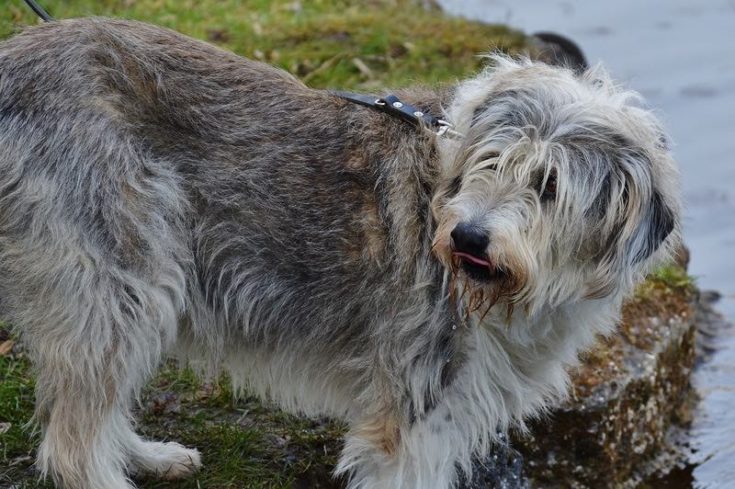
Next, we have the Catalan Sheepdog. This pup ranges in their use of the extra finger, yet most of them have dewclaws on the front and back legs. Bred as herding and working canines, their extra digit helped them run, pull, and even dig. They are friendly, hard-working, and energetic animals.
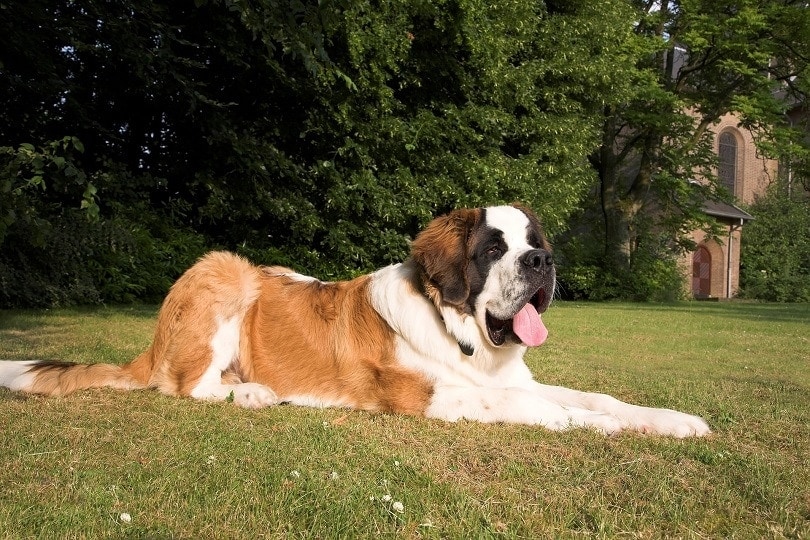
Both the front and back legs of this adorable giant are embellished with an additional digit. The dewclaw is believed to have been useful back when the St. Bernard was out looking for people lost in the snow. Now, it’s a great toy prop. This pooch is gentle, loyal, and very intelligent. This bear-sized puppy, one of the largest dogs in the world, is surprisingly calm and polite.
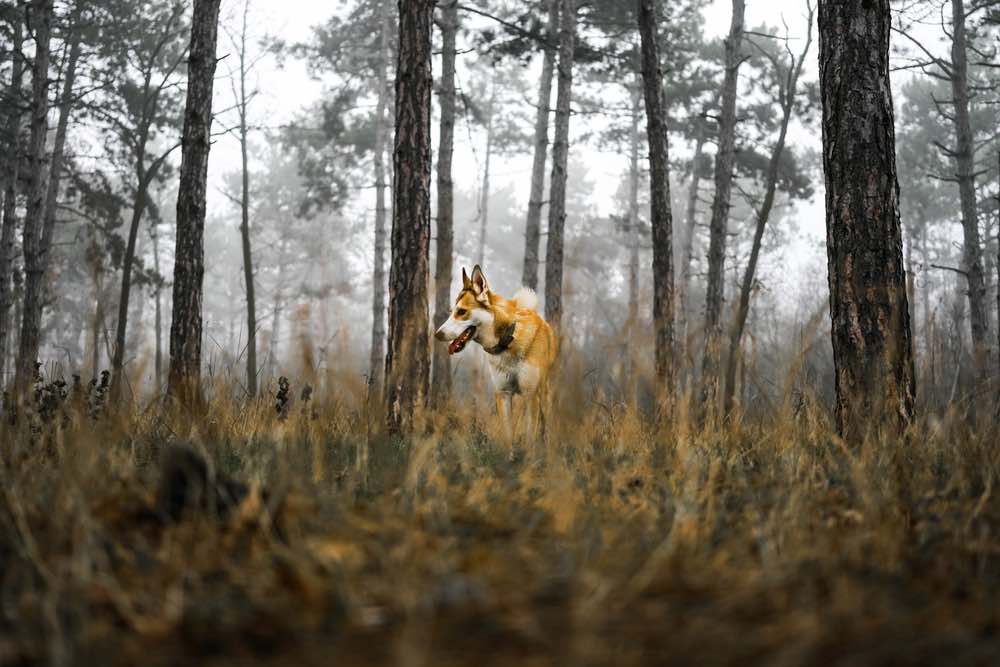
It is well known that this rather large and domineering puppy has six toes per foot. They typically also have two dewclaws on each paw and one of their toes is double-jointed. This breed is eager to work, run, and play because it is a happy and spirited dog. They respond well to a firm hand of guidance and are also loyal and intelligent.
Pyrenean Mountain Dog
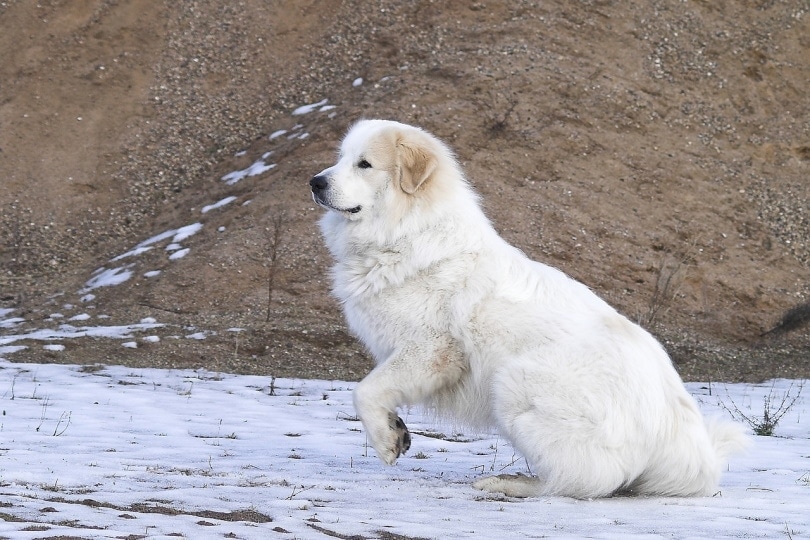
The following breed, also known as the Great Pyrenees, has one dewclaw on each of its hind legs and typically two on its front legs. This dog was bred to be a watchdog over livestock and can be traced back hundreds of years. As time goes on, this breed is still a fantastic guard dog. They are great with children, loyal, and friendly. They also require a lot of exercise.
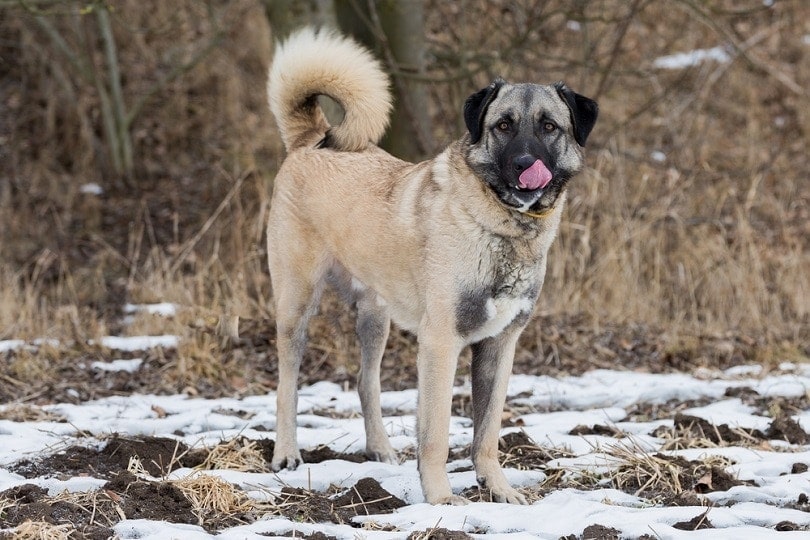
Another ancient breed with a nearly universal double set of dewclaws on the hind end is the Anatolian Shepherd. These big dogs are another breed that gets along well with kids, and this dog also loves other animals. The Anatolian Shepherd is a very devoted and caring animal with little desire to hunt prey. However, they can challenge their owners’ dominance by disobeying orders.
Catalan Sheepdogs

Although Catalan Sheepdogs were developed to herd sheep, they have also proven effective when used to manage other livestock, such as pigs, goats, horses, and even chickens.
This could be one of the causes for these dogs’ double-boned dewclaws being a breeding requirement on both of their hind legs.
Some even have the dewclaws on all four legs.
The dewclaws aid in providing them with traction while running, allowing them to move more quickly and mark sharp turns without losing balance.
In addition to lowering their heads while running, they have short feet, which helps to lower their center of gravity and improves their balance.
FAQ
Do all dogs have a dew claw?
All dog breeds are born with front dewclaws. Only a small number of breeds, including the Saint Bernard and Icelandic sheepdog, also have them on their back paws. According to Marks, if you don’t see dewclaws on your dog, it’s likely because the breeder had them removed soon after birth.
What dog breeds have extra dew claws?
Certain breeds can be identified by the double dewclaws on each of their hind legs. They include the Beauceron, briard, great Pyrenees and Icelandic sheepdog. Many dog owners would disagree that the dewclaws are considered to be vestigial appendages because they no longer serve a purpose.
What is the purpose of a dew claw on a dog?
These dewclaws offer more traction when traveling at high speeds (especially when turning) or on slick terrain, and they also assist in stabilizing the carpal (wrist) joint. Some dogs use their dewclaws to aid in climbing trees, holding objects so they can chew on them more thoroughly, or even climbing out of the water after breaking through ice.
Should dogs keep their dew claws?
Dewclaws are typically removed in the first few days of a dog’s life in many breeds, but not all. The removal in some breeds is thought to enhance appearance for the show ring. In other cases, it’s done to guard against potential harm, such as getting hurt while a hunting dog maneuvers through brambles.